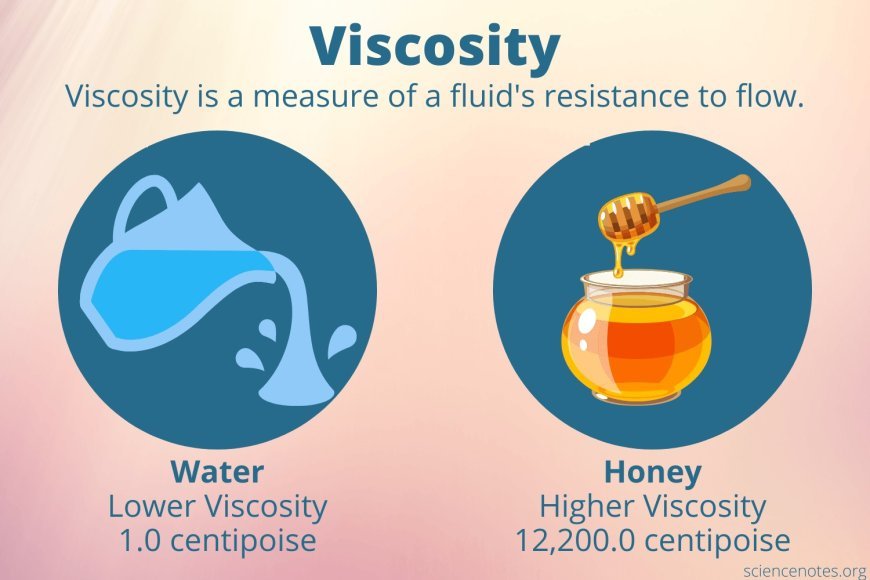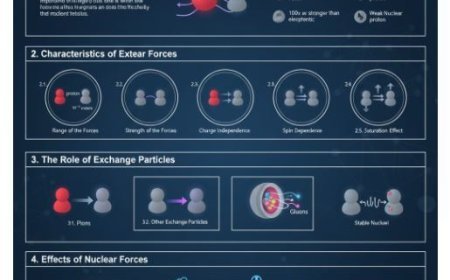VISCOSITY
Viscosity measures how much they resist this movement, explaining why honey is "thick" and air is "thin."

Viscosity
- "Viscosity" is the word for the amount of resistance that most fluids have to movement. Viscosity happens when the layers of a fluid move relative to each other.
- To be more specific, it counts the flow resistance that comes from the friction between the layers of fluid as they move past each other during flow.
- You can also think of viscosity as a way to measure how thick a stream is or how hard it is for things to move through it.
- A fluid with a high viscosity doesn't move because the strong forces between its molecules create a lot of internal friction, which stops layers from moving past each other.
- A fluid with low viscosity, on the other hand, runs easily because its molecules don't rub against each other much when it moves.
- Viscosity can also be seen in gases, but it is less noticeable in everyday situations.
Viscosity
- Viscosity is a way to measure how hard it is for a fluid to move.Poiseuille (PI) is the SI term for viscosity.
- Newton-seconds per square meter (N s m-2) or pascal seconds (Pa s) are its other units. [ML-1T-1] is the method for measuring viscosity in units.
- An increase in temperature makes liquids less viscous very quickly, while an increase in temperature makes gases more viscous. This means that when you heat something, liquids flow more easily and gases flow more slowly. This trait is called "intense" because it doesn't change when the amount of matter changes.
Types of Viscosity
A stream's viscosity indicates how difficult it is to flow through.. You can find out how thick a fluid is in two different ways:
There are two types of viscosity: Dynamic and Kinetic.
- One way is to measure how hard it is for the fluid to move when an outside force is put on it.
- Dynamic viscosity is the name for this. Another method is to gauge how much a fluid resists flowing when gravity is pushing it downward.
- Kinematic viscosity is the name for this way to measure how thick a stream is.
- A lot of people get the two viscosity measures mixed up and think they are the same thing.
- As a matter of fact, they differ greatly from one another. Kinematic viscosity can occasionally be more beneficial than absolute or dynamic viscosity.
Newtonian fluids and non-Newtonian fluids
- The temperature and pressure of a fluid affect its viscosity.
- When the temperature of a liquid goes up, its viscosity goes up very quickly.
- When the pressure goes up, the molecules of a liquid become less able to move, which makes the viscosity go up.
- Some things are called Newtonian fluids if their viscosity doesn't change when they are pressed.
- We call something a non-Newtonian fluid if its viscosity changes when the temperature or stress changes.
- You can think of water as a Newtonian fluid and toothpaste as a non-Newtonian fluid.
What's Your Reaction?



































